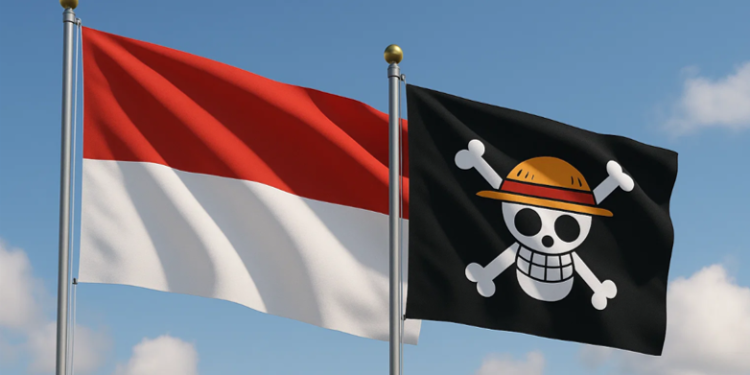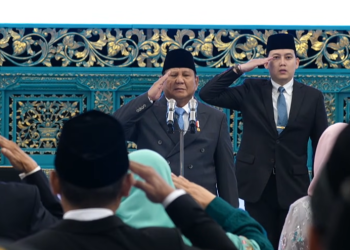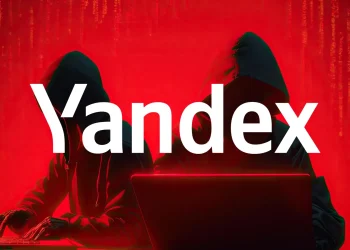Jakarta, Indonesia Sentinel — A black flag adorned with a skull and straw hat from the hit Japanese anime One Piece is making waves across Indonesia, as citizens raise the symbol alongside the national red-and-white flag in the lead-up to the country’s 80th Independence Day on August 17.
Videos circulating widely on social media show the Jolly Roger, the iconic pirate flag of the one piece universe flying from residents house, vehicle windows, and street corners throughout the country.
The trend, which began as a pop culture nod, has taken on deeper political undertones, with many Indonesians using it to voice discontent over the nation’s current political climate.
At the center of the movement is the Straw Hat Pirates’ emblem: a skull wearing a straw hat, the signature look of One Piece protagonist and captain Monkey D. Luffy.
Unlike traditional pirate symbols, the Jolly Roger in One Piece is more than a mark of power. For idealistic characters like Luffy, it represents friendship, hope, resistance, and the right to live freely
In the series, Luffy and his crew often challenge the authoritarian “World Government,” making them symbolic figures of rebellion, freedom, and solidarity. The Straw Hat Pirates were known for challenging tyranny and standing up for the oppressed.
Read Also:
One Piece Pirate Flag Rises Across Indonesia Ahead the Independence Day
This values have resonated deeply with many Indonesians. The flag has become a visual manifestation of frustration with the government and the current political climate. The pirate flag, in this context, reflects what they see as the death of justice and the rise of corruption in the country.
While the Indonesian government has criticized the movement as potentially disrespectful to national symbols, it continues to gain traction online. Some netizens have gone as far as to call for the One Piece flag to be raised alongside the national flag during Independence Day celebrations, a move officials have warned could be seen as unlawful or subversive.
Still, for many, the display is not about anime fandom but a powerful form of digital-age protest. Behind the controversy, the pop culture has become a language of protest.
(Raidi/Agung)
























